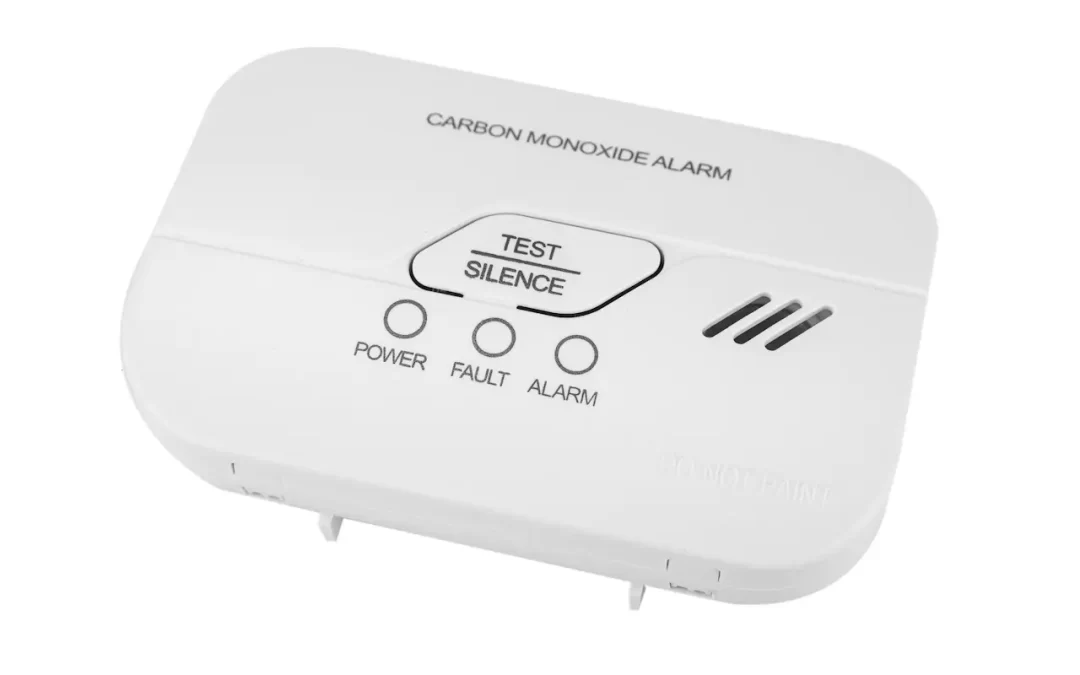When creating a safe home, there’s a silent threat that often goes unnoticed – carbon monoxide (CO). This odorless, colorless gas can pose a danger to your family if not addressed promptly. It is important to recognize and mitigate the risks of carbon monoxide in your home, ensuring the safety of your household.
Carbon Monoxide in Your Home
Know the Source
Carbon monoxide is produced by the incomplete combustion of fuels such as natural gas, propane, wood, and oil. Common sources of CO in the home include gas appliances, furnaces, fireplaces, wood-burning stoves, and vehicles running in attached garages. Awareness of common causes of CO poisoning is the first step in safeguarding your family.
Install Carbon Monoxide Detectors
Carbon monoxide detectors are your first defense against this threat. Install detectors on every level of the house and near sleeping areas. Regularly test the devices and replace batteries to verify your CO detectors are in optimal condition.
Understand the Symptoms of Carbon Monoxide in Your Home
Carbon monoxide poisoning symptoms can mimic the flu, including headaches, dizziness, nausea, and confusion. If multiple family members experience these symptoms simultaneously, it may indicate CO exposure. Pay attention to the signs and remove your family members from the home.
Regular Appliance Maintenance
Keep fuel-burning appliances in your home well-maintained. Schedule regular inspections and upkeep for furnaces, water heaters, stoves, and fireplaces. A professional assessment will identify issues before they become safety hazards.
Ventilation is Key
Good ventilation is essential in preventing the buildup of carbon monoxide in living spaces. Verify your home’s vents and chimneys are clear of obstructions, and have them inspected regularly. Adequate ventilation is necessary for the safe operation of gas appliances and heaters.
Prevent Carbon Monoxide in Your Home: Never Use Generators Indoors
Generators are a common source of carbon monoxide. Never operate a generator indoors, including in the garage or basement. Run your generator at least 20 feet from your home, and always follow the manufacturer’s safety guidelines.
Don’t Warm the Car in the Garage
Warming your car in an attached garage can introduce dangerous levels of carbon monoxide into the garage and your living spaces. Always start your car outdoors, away from the house, to prevent CO infiltration.
Seek Professional Assistance
If you suspect a carbon monoxide leak or experience symptoms of poisoning, evacuate the premises immediately and call emergency services. Only re-enter once professionals have verified that it’s safe. A professional can identify and rectify the source of the leak.
Carbon monoxide may be an invisible threat, but its dangers are real. Homeowners can protect their families from this toxic gas by understanding the sources and symptoms and taking preventive measures. Prioritize regular maintenance and invest in carbon monoxide detectors to ensure a safe and healthy home environment for you and your loved ones.
Oasis Home Inspections offers professional inspections to customers in Brevard County, Florida. If you’re buying or selling a home, contact us to schedule our services.

